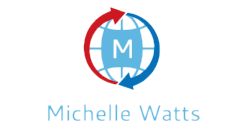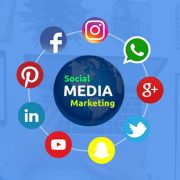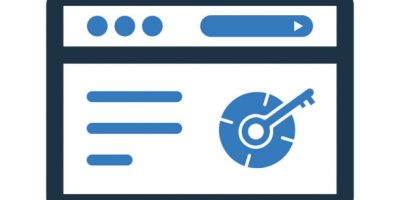There are many ways to create copy that converts, but there is only one consistent way: using a framework.
The Power of a Copywriting Framework
Let’s first discuss why you should be using a framework.
The frameworks help you organize your thoughts and ensure you do not miss any important points to reach your goals. These frameworks are easy to use and remember. They also drive results.
Not all copywriting frameworks have the same effectiveness. Some are more powerful than others. Why?
Neuroscience shows that emotions are a major influence on purchasing decisions. But it doesn’t end there. Written words (including email) can create neurochemical connections that instill brand loyalty… throughout life.
The L.O.V.E. The email copywriting structure is designed to build emotional connections with your prospects and to help them trust you. This is how it works.
Email Copywriting Framework – The L.O.V.E. Email Copywriting Framework
“L” is for “Leverage”
Leverage is a term that means using something, even if it’s the simplest of things, to your advantage. Does this principle also apply to writing email copy? You bet. You only get one chance to make an excellent first impression. To do it well:
Remind your readers of the reason they are receiving your email
Remember how your reader learned about your company. If they signed up for your email list through a store, a lead magnet, or a purchase made, remember them in your first message that they requested to receive something.
Following through shows that you are paying attention and that your brand values integrity.
Build trust & capitalize on your authority
There are a lot of things that people have on their minds. You need to convince people you are the voice they can trust out of all the voices competing for attention.
Adam Waytz is an Associate Professor of Management and Organizations at Kellogg School of Management. He suggests that trust can be built by demonstrating benevolence, integrity, competence, and predictability.
What does it mean in practice?
First, let’s look at an example of what to do and what not to do.
“Dear Susie,
John is my name. I own the Luxury Cars Company. We have sold thousands of cars to people like you !”
This email does not incorporate any of the trust factors we discussed above. It may even seem arrogant or disingenuous. This is not the goal!
What do you think?
“Dear Susie,
John is the owner of The Luxury Cars Company. We are proud to have helped thousands of people find their dream cars .”
Better. Still not quite there. Countless other luxury car dealers say the same. What makes one special?
Let’s try it again:
“Dear Susie,
According to research, 56% of luxury car owners are happier with their life overall. The Luxury Cars Company clients will tell you that we do not sell cars but happiness. Since we opened our doors ten years ago, we’ve helped more than 10,000 people find happiness behind the wheel.
Although there is still much to be done, we are getting closer because:
The writer appears to be benevolent. (They want people happy, and the fact that they are happy after shopping with their company adds an implied sense of integrity).
The stat is interesting because it speaks of the reader’s desires and shows success. ).
It is a good sign that more than 10,000 customers have received help. They can help you too!
Find common ground
To write content that engages your audience, you must first understand their needs. You may have to do market research, analyze customer feedback, or collect data about their demographics and behaviors. You can then identify patterns and trends among your customers to help you craft more targeted messages.
Do you want to go one step further? Personalize your message. Add “Hi Susie” at the beginning of an email to increase engagement.
Talk to them about their pain
This is a tricky one. You need to tread lightly, or you could end up in the unrecommended, fear-mongering territory. You must first explain why the reader requires your solution.
You can do it in many different ways. You can also let someone else tell you the bad news. This can be done easily by sharing an interesting fact or statistic from a reliable source.
This is something you’ve probably seen a million times. Insurance companies encourage consumers to buy insurance policies by using statistics about accidents, health problems, and disasters. To encourage customers to buy security systems, companies can use statistics on crime or home invasions. The list is endless.
What statistics could you use to inform your readers about a problem they may not be aware of and how your product or services can help solve it?
O stands for “Offer”
You need to communicate clearly so that your prospect understands why they should purchase the solution that you are selling. Here are some of our favorite ways to accomplish this:
Highlight the unique features that make your product/service stand out from those of competitors.
Share testimonials of satisfied customers that have benefited from the product or service.
Show how your product has positively affected the lives of actual people.



















Comments